ERP에서 DOP까지. 새로운 과제를 해결하기 위한 진화
Digital operation management platforms (DOP) are the systems world’s answer to a new paradigm in business management that aims to place the customer at the center of business.
ERP. Three decades of empire
It has been three decades since the term ERP (Enterprise Resource Planning) was coined, an acronym that stands for Enterprise Resource Planning system.
ERP aimed at integrated enterprise management, connecting all business units. ERPs have had an economic-financial focus. Logical if we consider that one of their purposes was resource planning, and these always have an economic impact on the company’s results. The ERP made it possible to have accurate and up-to-date information on the processes that impacted its financial situation. In addition, they provided traceability to commercial actions, customer relations, or contracts with suppliers, among others. Over time, suppliers and customers were included in the ERP, allowing companies to connect with them to manage the entire supply chain.
The complexity of managing these processes and their diversity depending on the different industries, geographic location, regulatory particularities, etc., led to the proliferation of varying ERP systems adapted to each need. At the same time as this ERP specialization was taking place, new systems specialized in managing different areas (human resources, projects, production) were appearing. This has complicated the landscape, making it almost impossible to find the ERP that meets all the company’s needs, especially in niche industries or sectors.
At the same time as this ERP specialization was taking place, new systems specialized in managing different areas (human resources, projects, production) were appearing.
On the other hand, ERP had to start coexisting with other systems specific to the activity of each sector. In the case of the sheet metal industry with tools such as the applications used in the technical departments (CAD/CAM/CAE), which in turn evolved towards PDM (Product Data Management) type applications oriented towards file storage, version management, searches, management of relationships between assembly documents, parts and drawings. This initial concept evolved into a broader picture that, under the acronym PLM (Product Lifecycle Management), encompasses complete technical information management throughout the product lifecycle.
All these systems and specializations led to an overlap between them in certain functionalities. For example, PDM/PLM and ERP systems work with the product data structure or CRM and ERP systems that work with the customer profile from different perspectives.
The big challenge at that time was the correct integration of the systems. A considerable investment that few could afford. The ERP was still the backbone of the company’s systems and was still the trigger for the processes as it was the system with points of contact with the rest of the systems. The focus was still financial.
The birth of DOP. Adapting ERP to a new scenario
The paradigm shift in business management increasingly focused on putting the customer at the center brought into question the relatively rigid approach of traditional ERP. This change and the leap to the cloud led to the emergence of business niche vertical solutions. So the concept of a Digital Operation Platform arises.
Verticalizations are affordable for a more significant number of companies within a market segment. And how is this achieved? The first thing we must understand is that the change of philosophy that cloud solutions and pay-per-use solutions entail allows adapting in each case to the growth of the company, the degree of maturity of the same, or even the needs at any given time.
The possibility of having a standard ERP, and an operation verticalization at the same time, changes the approach. From specific and tailor-made solutions for each sector (or even customer) to verticalization connected to powerful standard financial tools. This economic base allows software engineers, specialized in niche markets, to solve the process elements, forming a Digital Operation Platform (DOP).
The possibility of having a standard ERP, and an operation verticalization at the same time, changes the approach.
Achieving this system refinement level is only possible by having a capable partner and choosing the right platform. Using the Pareto rule, the 20% that makes each sector different is what your company’s technology partner must provide. 80% of the success of the system will be choosing the right digital platform. The specific development will be the rest 20%, which will turn it into a vertical product. Only then will you be able to recognize that platform as a business management system that “speaks and understands your business,” being potentially valid for 80% of companies in your industry or niche.
In this way, it is possible to have adequate tools available in an affordable way for most companies with a high level of implementation success, reducing the risk and cost of the process.
The benefits of DOP
The digital operation platform (DOP) must allow our business to adapt to changing situations. It has to solve the entire supply chain so that our customer is satisfied. And it must also facilitate the implementation of metrics that show us the success of our operations, allowing a focus on continuous improvement and the possibility of automating elements, thus increasing productivity.
On the one hand, the platform will allow us, thanks to being a centralized system, to know the state of the business through real-time analysis of it. On the other hand
- Increases productivity, allowing control and traceability of information. Specific lacking value processes are automated, allowing the organization’s members to focus on the most complex problems that require their expertise. Information reduces silos. Answers are not in one team or department but the organization’s hands.
- Analyzed aggregated data, which allows taking conclusions, and actions based on data integration from different company’s areas. For example, this can lead to a variable price model based on the workload or the profit situation.
- It integrates “naturally” with third-party systems, thanks to being in the cloud. In addition, it will enable the company to decide when to take the next “leap”—for example, integrating artificial intelligence into parts of the business process.
IIoT will ease communication with the company’s physical level, simplifying the deployment of architectures and control systems, as described in the ISA 95 standard.
There are many businesses, types, and sizes, and each must have an implementation strategy that will allow the DOP to last over time. Given the situation of markets with high competition and the speed to make decisions, many businesses would benefit from implementing a DOP. In addition, the scalability of this type of solution makes it viable to start using it as a “back-office” element or managing core business processes until looking for new opportunities for improvement in the organization.





